Муниципальное бюджетное общеобразовательное учреждение
средняя школа № 2
СБОРНИК ТЕКСТОВ С ГРАММАТИЧЕСКИМИ ЗАДАНИЯМИ
для работы на уроках английского языка в 9-11 классах
составитель: учитель английского языка
1 категории Звонкова Татьяна Юрьевна
Смоленск 2022
Пояснительная записка
Данное методическое пособие содержит 5 статей из известного журнала Londontopia (londontopia.net), которые преобразованы в формат упражнений для развития навыков словообразования и контроль детального понимания содержания. Сборник может быть использован для уроках английского языка в качестве дополнительного материала к основному курсу, а также для подготовки к ОГЕ и ЕГЭ. Пособие содержит актуальную страноведческую информацию. С помощью данного сборника учащиеся смогут пополнить словарный запас и познакомиться с реалиями страны изучаемого языка. Рекомендуемое время выполнения каждого задания 15-20 минут.
TUBE HISTORIES: A BRIEF HISTORY OF THE DISTRICT LINE
Fill the gaps with the correct word. Put the words in brackets in the correct form.
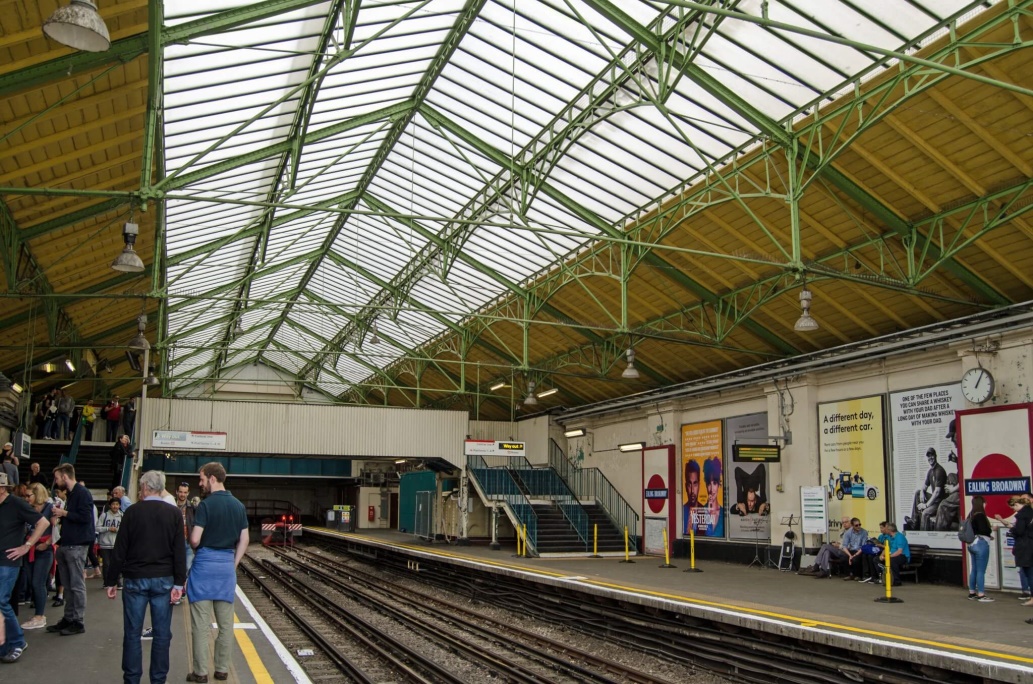
One of the 1 (old) lines in the history of the London Underground, the District Line has a rich history that has been 2 (currently/simultaneously/successfully) full of competition and cooperation. From its earliest days as the District Railway to the 3 (form) of the Circle Line as well as electrification, municipalization, and branching out over greater London, the District Line has a fascinating 4 (culture/reputation/history) that we’d like to share with you. Grab your Oyster card and jump aboard as we take you all the way to the end of the line on a tour through the District Line’s history.
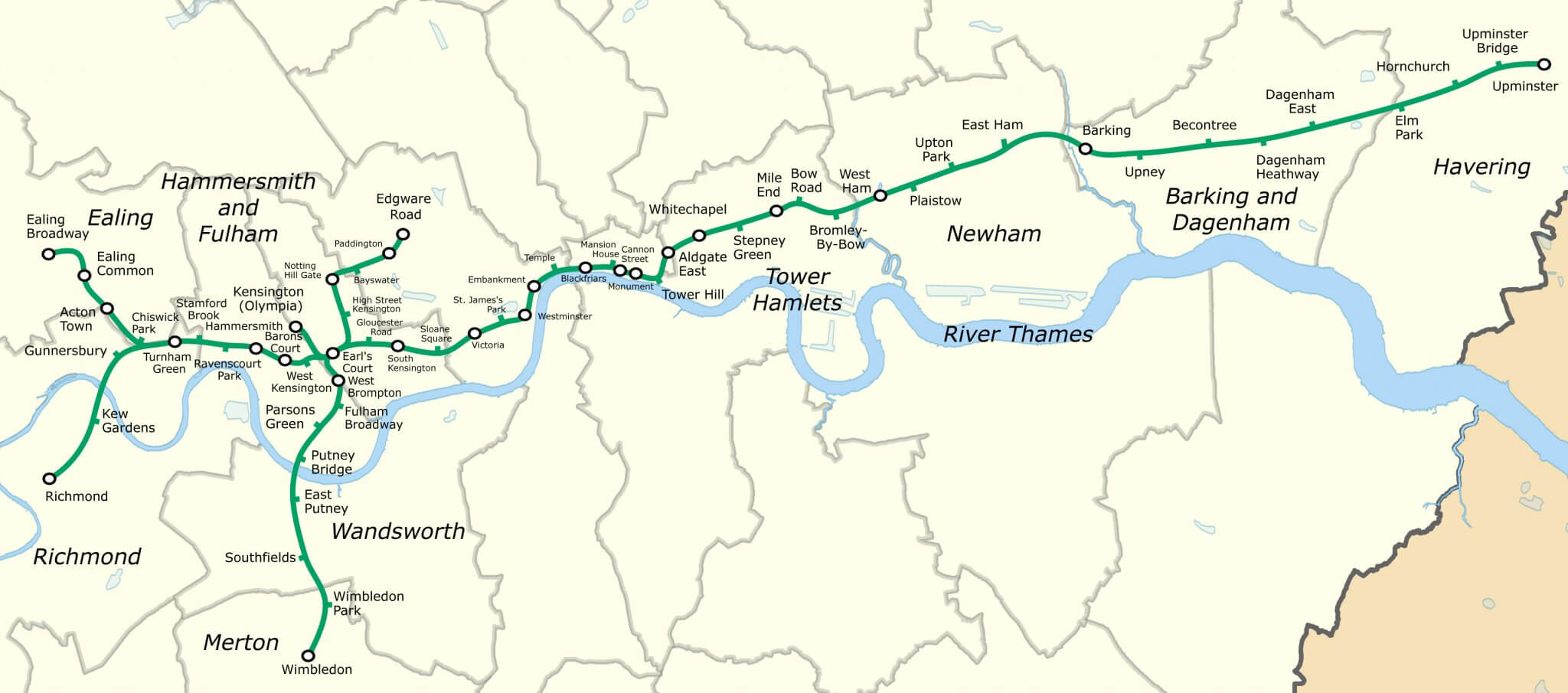
The Metropolitan Railway’s success after it opened in 1863 led to 5 (number) bills petitioning Parliament to adopt other underground railway schemes throughout London. To help make 6 (decisions/solutions/issues) about which lines should be accepted, the House of Lords set up a select committee to go through the proposed bills. The select committee was persuaded by a 7 (propose) for a line south of the Metropolitan with the idea that they would eventually merge and 8 (unite/separate/link) together many of the city’s railroad termini. The Metropolitan Railway’s chair and three of its board members, as well as the engineer for the railway, helped to establish the Metropolitan District Railway, but it was kept as a separate corporation to raise funds 9 (depend) of the Met.
Work on the line began in 1864. Unlike the Metropolitan Line, which was purposely 10 (constructed/built/designed) under the city streets to prevent damage to buildings, the District Railway’s construction did not follow a similar plan, and 11 (compensate) was paid to the owners of buildings above its planned route. The line opened its first 12 (department/section/area) in 1868 and utilized trains from the Metropolitan Railway. However, by 1870, the District Line was in debt and the 13 (decide) was made to split it off from the Met. The next year the District Line began to operate with its own trains and the railway 14 (reached/increased/extended) to West Brompton and Mansion House. The two railways still cooperated somewhat by providing a transport service between their two termini at Mansion House and Moorgate Street.
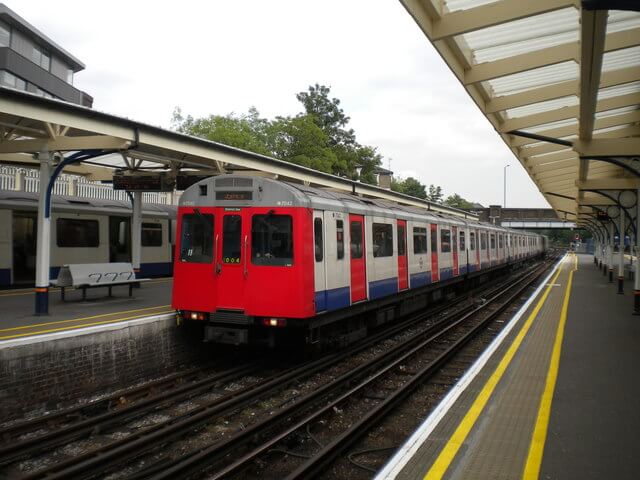
Competition then took over and the two lines didn’t complete the circle as 15 (origin) intended until 1884 with Parliament’s support. Still 16 (suffering/denying/undergoing) from financial woes, the District Line amalgamated with the Underground Electric Railways Company of London in 1901. It fully 17 (electricity) its railway stock and electric services began running in 1903. Along with the other underground railways in London, the District Railway was municipalized in 1933 when it was brought under the management of the London Passenger Transport Board. From that 18 (date/event/point) onward, it became known as the District Line.
The 19 (break) of World War II suspended services intermittently and after the war, the District Line was nationalized along with the rest of the UK’s and London’s railway services, both over and below ground. The Acton Town to South Acton shuttle service was then 20 (stopped/discontinued/dislodged) in 1959. By the 1970s, the Hounslow Branch became the Heathrow Branch when it was extended all the way to the airport. Over time, the line extended all the way to Upminster in the east and branching out at Earl’s Court with termini at Edgeware Road, Kensington, Ealing Broadway, Richmond, and Wimbledon. With its green color, on a map, it looks like a tree that’s fallen over.
The District Line’s history passed this point has very few major noteworthy incidents. Stock trains were introduced between 1979 and 1983, and then single driver trains became commonplace starting in 1985. The District Line fell under the 21 (operate) of Transport for London in 2000 which was formed as part of the new Greater London Authority. Along with much of the Underground, the line became part of a public-private partnership in 2003 with Metronet that ended when Metronet went into administration in 2007. While the line’s history has been 22 (totally/obviously/relatively) quiet ever since, it remains a vital part of transportation in the city, seeing some 208 million passengers per year.
by John Rabon (adapted from Londontopia June 2, 2022)
THE LONDON FIVER – FIVE OF THE MOST EXPENSIVE APARTMENT BUILDINGS IN LONDON
Fill the gaps with the correct word. Put the words in brackets in the correct form.
Living in the city is hard. It’s also expensive. A common criticism of most cities is that home 1 (values/prices/splendor), and apartment rents are only getting more expensive. A city like London can certainly fit the bill when it comes to high rent prices. Of course, in a city full of movie stars, 2 (politics), businessmen, and royals, there are plenty of people willing to pay for the richest real estate in town. While this is by no means an 3 (exhaustive/important/provocative) list of pricey flats, these are some of the most interesting abodes that money can buy.
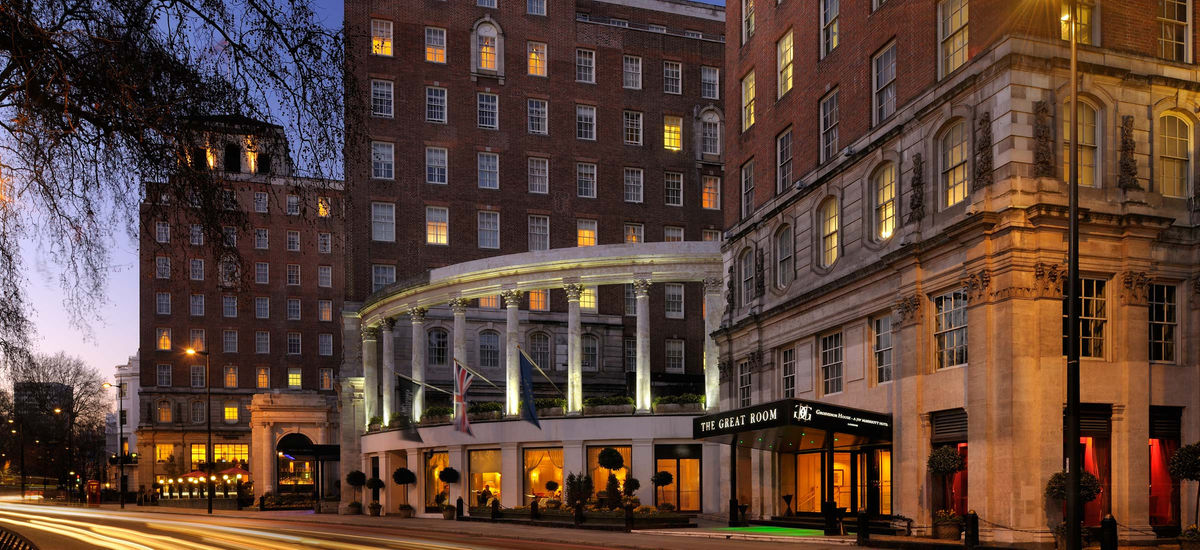
GROSVENOR HOUSE – £60,000 PER WEEK
£60,000 per week is definitely a lot of money, but this Grosvenor House penthouse comes with some real perks. It’s close to Hyde Parks, so there are some terrific views and plays host to everyone from celebrities to the royal family of Qatar. The 24/7 concierge service will even book restaurants, 4 (offer/sell/organize) helicopter trips and take photos of the rooms of regular customers so that everything can be arranged just as the renters like it when they visit.

CHESHAM HOUSE – £17.5 MILLION
For close to £18 million, this 5,289 square foot flat can be yours. The five-bedroom apartment takes up the entire third floor of Chesham House and comes with a drawing room, dining room, study, staff quarters, and access to a basement wine cellar. The location of Chesham House is 5 (practice) in the middle of Belgravia and a stone’s throw from Victoria, Hyde Park, Buckingham Palace, Westminster, and some of the best shopping in the city on Knightsbridge. It’s all just a short walk away, but anyone who can live here will 6 (merely/squeamishly/probably) be chauffeured.
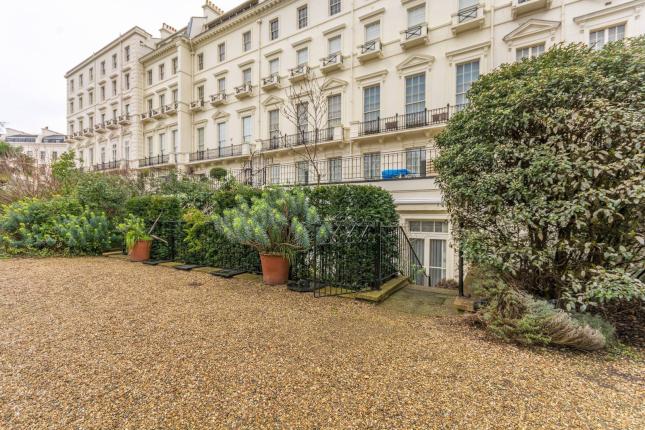
HYDE PARK GARDENS – £18 MILLION
For just another £500,000, this Hyde Park Gardens flat is a duplex also containing five rooms where the walls are lined with silk, the floors are marble, and are fully air-conditioned, which is nice. There’s also four bedrooms as well as a balcony that 7 (look) bordering Hyde Park. Part of the sale included a mews house that 8 (stands/delve/serves) as staff quarters and parking for four cars. Not a bad place to live if you can afford it.
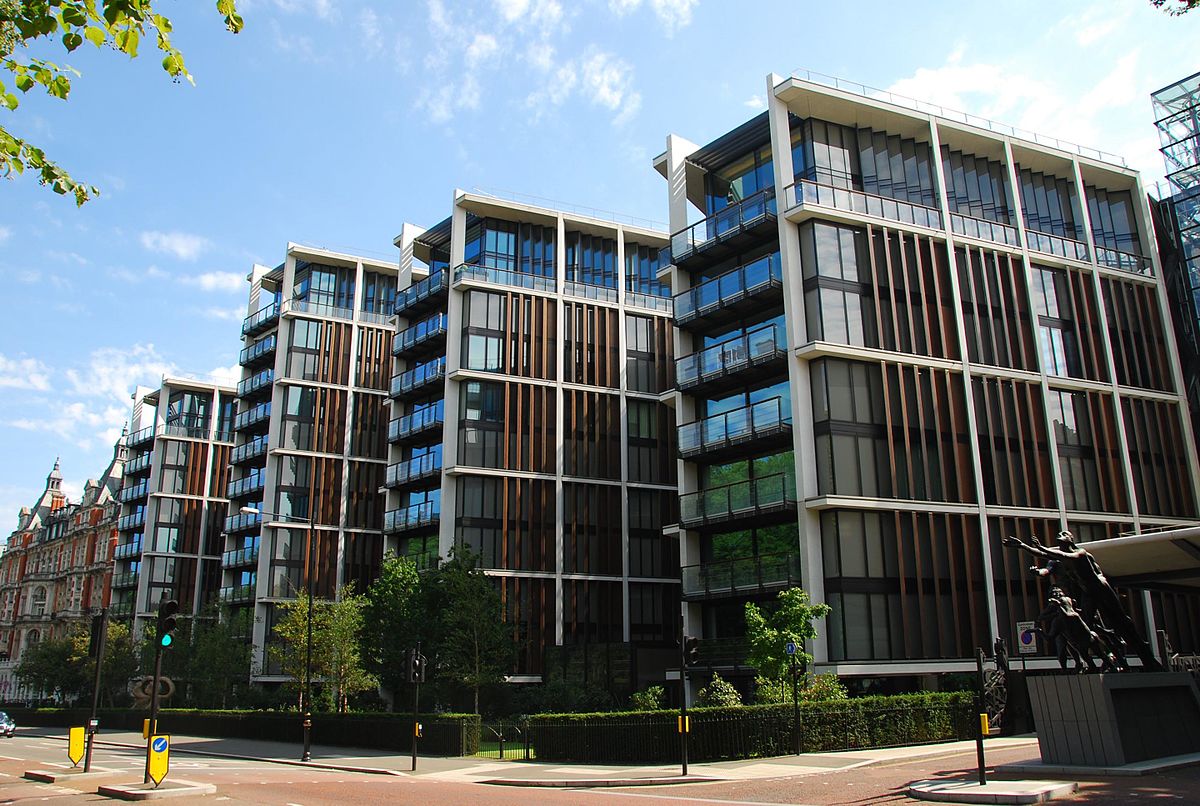
ONE HYDE PARK – £75 MILLION
Noted as London’s “most expensive apartment block,” the cost of a flat here can cost anywhere from £55 to £75 million. In 2016, a 2,564 square-meter, five-bedroom apartment here went for the latter, which equals roughly £130,000 per square meter. The amenities in this swanky 9 (locate) include a private spa, squash court, gym, virtual golf course, wine cellar, and a twenty-one-meter swimming pool. As with the listing 10 (below/under/above), it borders Hyde Park, and some of the apartments have a chef’s kitchen so the residents can have a real banquet. There’s a divided opinion on the flat from London residents, some who see it as a pinnacle of design while others view the flats as a sign of ridiculous 11 (opulent).

ADMIRALTY ARCH – £150 MILLION
So named because it once housed the offices of the highest 12 (membership/leadership/adulthood) of the Royal Navy, Blair Associates turned it into a hotel, offices, and four apartments in the 2010s. One of these flats, a 15,000 square foot apartment, sold for £140 million in 2014 and only two years later had added another £10 million to the price tag. The flat can either be lived in as one huge residence or split into the four apartments it was 13 (original) built to be. For the cost, one is paying as much for the history, where 14 (characters/heroes/figures) such as Winston Churchill once stayed, as for the high ceilings, concierge service, Edwardian architecture, and prime real estate.
by John Rabon (adapted from Londontopia, March 26, 2018)
V&A TO STAGE FIRST UK EXHIBITION ON FASHION DESIGNER GABRIELLE ‘COCO’ CHANEL IN 2023
Fill the gaps with the correct word. Put the words in brackets in the correct form.

The Victoria and Albert Museum (V&A) will stage the first UK 1 (exhibit) showcasing the work of French fashion designer Gabrielle “Coco” Chanel next year. It will chart the 2 (evolution/development/increase) of her design style and the establishment of the House of Chanel, from the opening of her first millinery boutique in Paris in 1910 to the showing of her final 3 (collect) in 1971. Running from September 16 2023 to February 25 2024, the exhibition will feature more than 180 looks alongside jewellery, accessories, cosmetics and perfumes.
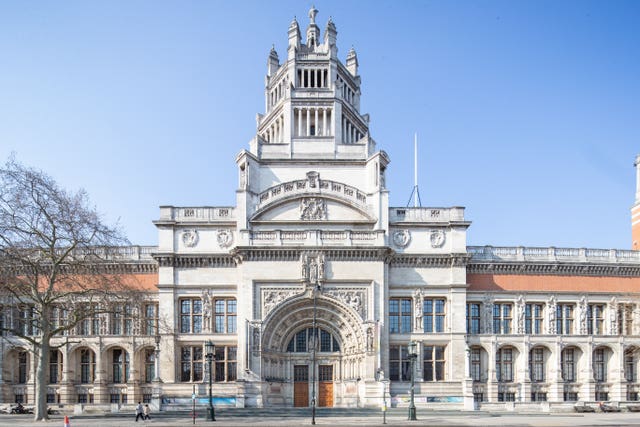
Through eight themed sections, the exhibit will 4 (collect/explore/amalgamate) Chanel’s innovative approach to fabric, silhouette and construction, and will examine how she drafted a new framework for fashion in the 20th century. Showcasing some of the most 5 (note) designs from her 60 years in fashion, the retrospective will analyze her professional career, the emergence and development of her style and her historical impact.
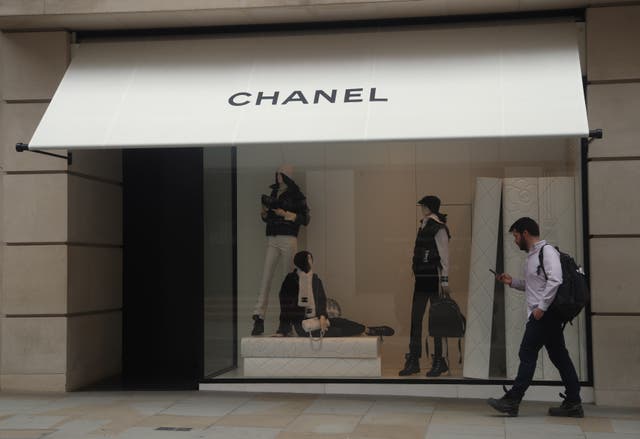
Bond Street Stock
It will also highlight Chanel’s British 6 (desires/woes/inspirations), such as her adoption of tweed and other British-made textiles. The show will be based on the Gabrielle Chanel exhibit by the Palais Galliera in Paris, reimagined with 7 (rare) seen pieces from the V&A’s collection. The exhibition will also showcase looks from Palais Galliera and the Patrimoine de Chanel, the heritage collections of the fashion house in Paris.
Key pieces on display will 8 (include/oversee/relocate) outfits created for the late British model Anne Gunning and Hollywood stars Lauren Bacall and Marlene Dietrich. Fashion house Chanel are supporting the exhibition. The director of the Palais Galliera, Miren Arzalluz, noted that Chanel’s “fashion manifesto” was to create a “new kind of 9 (elegant) based on freedom of movement, a natural and casual pose, a subtle elegance that shuns all extravagances, a timeless style for a new kind of woman”. She added: “Her 10 (faith/success/splendor) was based not only on the functionality, comfort and chic elegance of her designs, but also on her ability to grasp and interpret the needs and desires of the women of her time.”
The director of the V&A, Tristram Hunt, also expressed his “delight” in partnering with Chanel and the Palais Galliera on this exhibition, allowing them to explore Chanel’s style and display the museum’s “little-known 11 (history) garments” from their collection. Bruno Pavlovsky, president of Chanel fashion and Chanel SAS, added: “Gabrielle Chanel boldly redefined the modern women’s wardrobe. “We are honoured and 12 (prejudiced/delighted/discerning) that the V&A, such a world-leading museum and great institution, will stage the first UK retrospective of her work. “By showcasing her 13 (contribute) to the history of fashion as well as the incredible relevance and permanence of the Chanel style, this exhibition will 14 (highlight/mark/validate) one of the greatest visionaries of our time.”
by Londontopia Staff (adapted from Londontopia, May 27, 2022)
TEN INTERESTING FACTS ABOUT KENSINGTON GARDENS
Fill the Gaps with the correct word. Put the words in Brackets into the correct form.
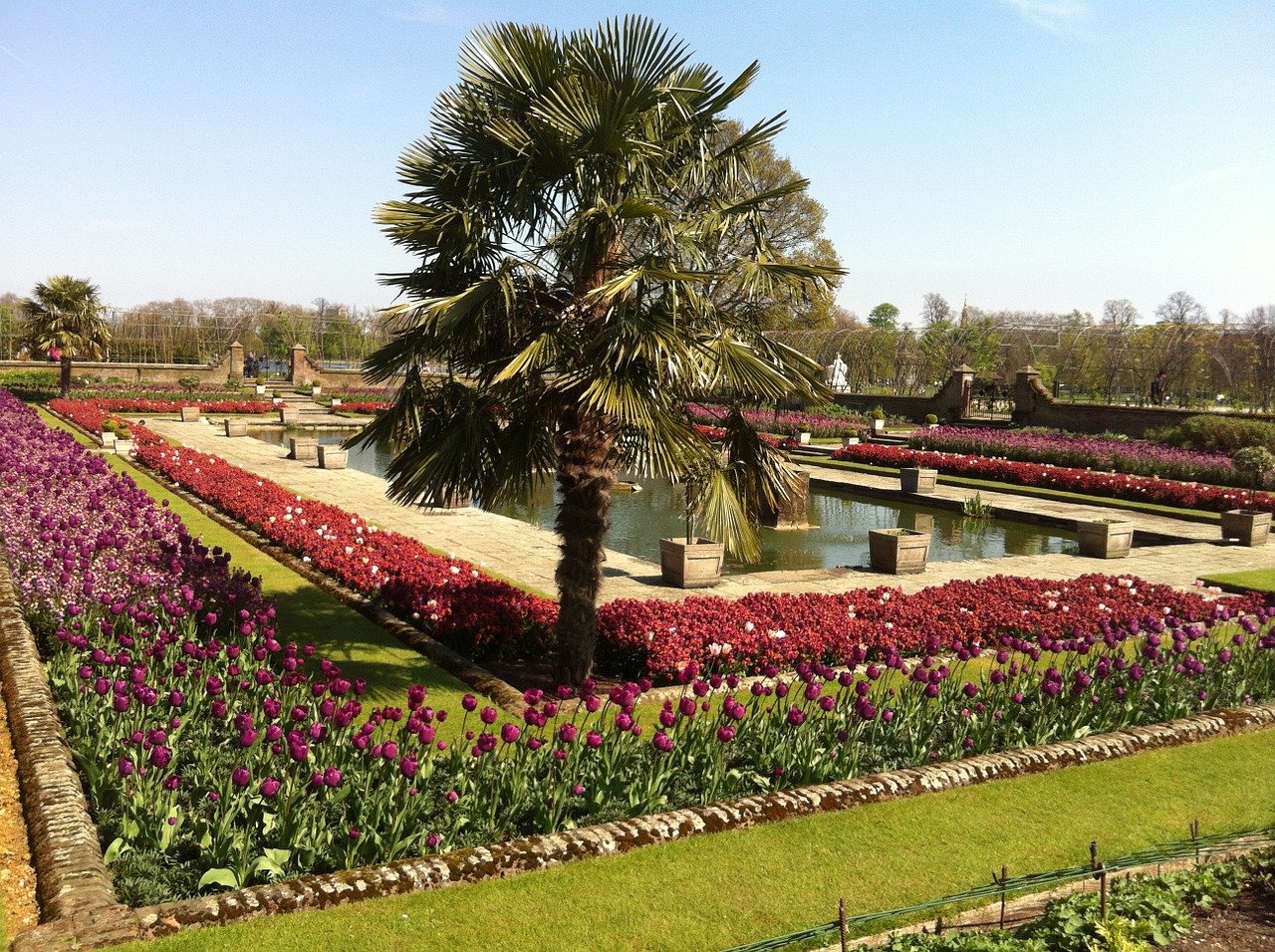
While Kensington Gardens are open to the public, there was a time when this wasn’t so. The gardens were 1 (origin) part of Kensington Palace, a royal 2 (residence/home/abode) that was once home to King William III and Queen Mary II (now home to the Duke and Duchess of Cambridge). Today, Kensington Gardens are one of four Royal Parks in London along with Regent’s Park, St. James’s Park, Hyde Park, Greenwich Park, and others. Of course, this pedigree means there are a number of 3 (interest) facts about the gardens that are worth exploring as we will show you.
ORIGINS
Well before there was even Kensington Palace, what would 4 (transform/become/budge) Kensington Gardens was part of a vast hunting ground owned by King Henry VIII. In 1728, Queen Caroline asked that it be separated from Hyde Park and it was redesigned into a landscape garden by Charles Bridgeman and Henry Wise. In 1733, the gardens were first opened to the public, but only on Sunday evenings, before 5 (event) opening to the public on the rest of the week in the early 19th Century.
SHEER SIZE
Kensington Gardens 6 (occupies/covers/spreads) 265 acres and features a number of different types of gardens such as the Italian Gardens, the Sunken Gardens, and the Allotment, which is a garden run and maintained by volunteers.
THE TAIL OF THE SNAKE
Bridgeman designed the Serpentine lake that runs through much of Hyde Park, but the very end of it runs into Kensington Gardens. Here it changes names and is instead referred to as the “Long Water”. Perhaps the best view of the Long Water can be taken in at the Italian Gardens where you might also see a number of mute swans that like to nest there.
IT’S NOT VERY FUNNY
One of the markers acting as the border between Kensington Gardens and Hyde Park is the “Ha-Ha”. A “Ha-Ha” was designed as a ditch to separate the two parks from one another. The name 7 (allege) comes from the exclamation people would make when they accidentally stumbled into one, since the ditches often went 8 (unmentioned/unnoticed/hidden) until it was too late.
As with its neighbor, Hyde Park, Kensington Gardens is home to plenty of statues and 9 (memory). The largest is unquestionably the Albert Memorial, which sits as the southern edge of the gardens. It was unveiled in 1872 and is a Gothic Revival 10 (design/view/image) from architect Sir George Gilbert Scott. The Albert Memorial is quite the towering monument to the late Prince Consort, standing at 175 feet with a statue of a seated Albert at the center.

ORANGE YOU GLAD TO BE HERE?
Another of Queen Caroline’s 11 (contribute) to Kensington Gardens was the Orangery, a building that is over 300 years old and is still used for events and gatherings today.
NEVER GROW UP
As mentioned, Prince Albert isn’t the only 12 (character/person/hero) with a statue in Kensington Gardens. The Gardens were part of the inspiration for J.M. Barrie’s play Peter Pan, and so there is fittingly a statue of Peter located there. It can be found near the Long Water in a spot where Peter lands in the book The Little White Bird. The bronze statue was made by Sir George Frampton, and several recastings exist throughout the world. 13 (install) in 1912, it has been Grade II listed since 1970. Interestingly, Barrie didn’t seek permission to have it installed, though it is now such an important part of the park that people got rather upset when Royal Parks 14 (dislocated/replaced/validated) the plinth last year.
IN THE MOVIES
Kensington Gardens has been a popular place for filming over the years, and plenty of movies take place there including Greystoke: The Legend of Tarzan, Bridge Jones: The Edge of Reason, Wimbledon, and appropriately enough, Finding Neverland, the film about Barrie’s 15 (create) of Peter Pan.
MANY USES
While King Henry used it to hunt deer, Kensington Gardens has seen many 16 (transform) and additions in its time. Queen Caroline transformed it into a landscape garden; Queen Victoria turned it into memorial to her late husband, the Diana Memorial Playground was added in 2000 after Diana’s work for children all over the world. If you visit the playground today, you’ll notice Peter Pan as a major 17 (impact/harm/influence) in its design as it includes tepees and a pirate ship.
NOT ONE BUT TWO
The Serpentine Gallery is 18 (act) two galleries: the Serpentine Sackler and the Serpentine Pavilion. Each has a distinct artistic flavor, and they are rarely open at the same time.
by John Rabon (adapted from Londontopia, Jan 21, 2021)
VINCENT VAN GOGH SELF-PORTRAITS REUNITED FOR LANDMARK EXHIBITION AT THE COURTAULD GALLERY
FILL THE GAPS WITH THE CORRECT WORD. PUT THE WORDS IN BRACKETS INTO THE CORRECT FORM.

A 1 (collect) of self-portraits by Vincent van Gogh showcasing the Dutch artist’s career is going on display in London. It is the first time the “full span” of Van Gogh’s self-representation has been 2 (scrutinized/explored/observed/) in an exhibition, with 16 self-portraits being unveiled at The Courtauld Gallery on Thursday. Works on show will trace the 3 (evolve) of his style from the early Self-Portrait with a dark felt hat in 1886 to Self-Portrait with a palette, painted while he was at an asylum in France in September 1889.
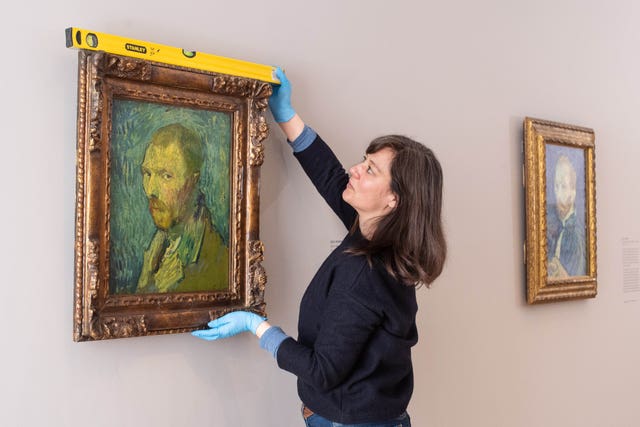
Van Gogh Self-Portraits exhibition
Curator Karen Serres puts the finishing touches to the 4 (installation/placement/creation). This was one of the last self-portraits he created before his death in 1890. The 5 (exhibit) will also show Van Gogh’s Self-Portrait with Bandaged Ear, one of the most celebrated works in the collection. Dr. Karen Serres, 6 (master/owner/curator) of the exhibition, said: “Van Gogh is an icon of self-portraiture. “His self-portraits have come to define him in the public imagination, offering access to his personality and becoming the lens through which we view his genius, passion, 7 (resilient), and struggles.
“This exhibition is the first to explore the full span of Van Gogh’s self-portraiture, which is striking in its variety, offering a unique and fascinating 8 (chance/dexterity/opportunity) to observe Van Gogh’s creative and personal development.”
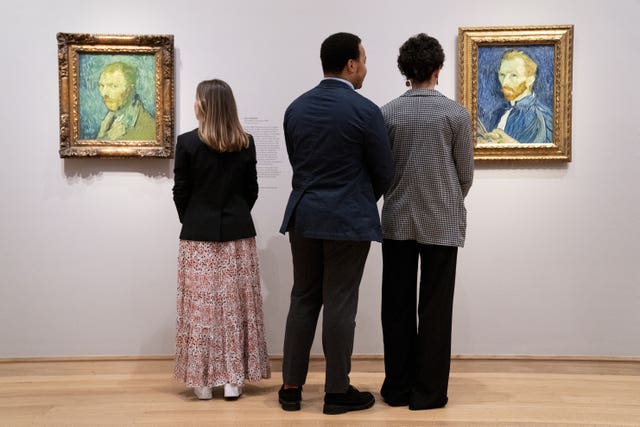
Van Gogh Self-Portraits exhibition
Gallery 9 (assist) look at Self-Portrait, Saint-Remy August 1889, left, and Self-Portrait, Saint-Remy, first week of September 1889. A pair of self-portraits painted a week apart, while the artist was at an asylum in the south of France, will be 10 (reunited/returned/showed) at the exhibition for the first time in 130 years. The paintings show Van Gogh’s changing psychological conditions, from the depths of a mental health crisis to a state of 11 (recover), and the way he viewed himself. Alongside the self-portraits, the display also features two major paintings: Van Gogh’s Chair, described by the artist as a 12 (paramount/significant/symbolic) self-portrait, and a portrait of his friend titled Portrait of Eugene Boch. The exhibition features works from collections at the Rijksmuseum in Amsterdam, Washington DC’s National Gallery of Art, the Musee d’Orsay in Paris, and the National Gallery in London.
The Morgan Stanley Exhibition: Van Gogh Self Portraits at The Courtauld opens on Thursday until May 8. There is an entry fee to the Courtauld Gallery and this special exhibition, and you MUST book in advance.
by Jonathan (adapted from Londontopia, Feb 1, 2022)
Keys:
Test 1: 1 oldest, 2 simultaneously, 3 formation, 4 history, 5 number, 6 decisions, 7 proposal, 8 link, 9 independently, 10 constructed, 11 compensation, 12 department, 13 decision, 14 extended, 15 originally, 16 suffering, 17 electrified, 18 point, 19 breakout, 20 discontinued, 21 operation, 22 relatively
Test 2: 1 prices, 2 politicians, 3 exhaustive, 4 organize, 5 practically, 6 probably, 7 overlooks, 8 serves, 9 location, 10 above, 11 opulence, 12 leadership, 13 originally, 14 figures.
Test 3: 1 exhibit, 2 evolution, 3 collection, 4 explore, 5 notable, 6 inspiration, 7 rarely, 8 include, 9 elegance, 10 success, 11 historic, 12 delighted, 13 contribution, 14 highlight
Test 4: 1 originally, 2 residence, 3 interesting, 4 become, 5 eventually, 6 covers, 7 allegedly, 8 unnoticed, 9 memorials, 10 design, 11 contributions, 12 person, 13 install, 14 replaced, 15 create, 16 transformations, 17 influence, 18 actually
Test 5: 1 collection, 2 explored, 3 evolution, 4 installation, 5 exhibition, 6 curator, 7 resilience, 8 opportunity, 9 assistant, 10 reunited, 11 recovery, 12 symbolic
8









































